
Freight Forwarding ERP Integration for Multimodal Logistics (Sea, Air & Land)
For freight forwarders, managing the movement of goods by sea, air, and land is a lot like handling flaming torches....
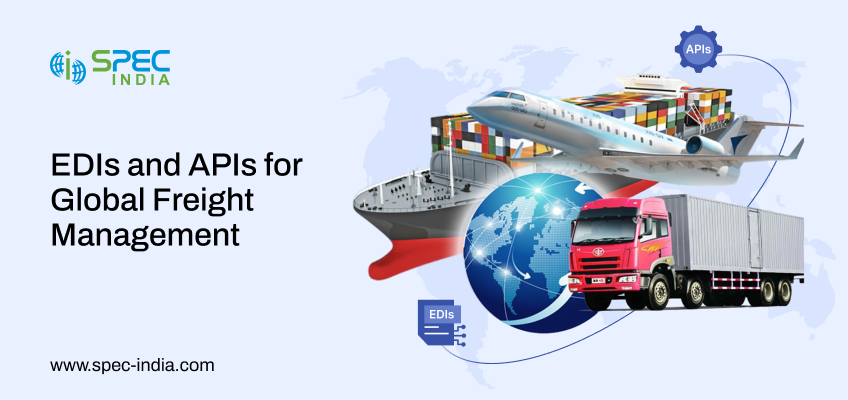
How EDI and API Are Redefining Global Freight Management System?
Today’s global trade environment is highly volatile, and user expectations are proliferating. For decades, Electronic Data Interchange has been the...
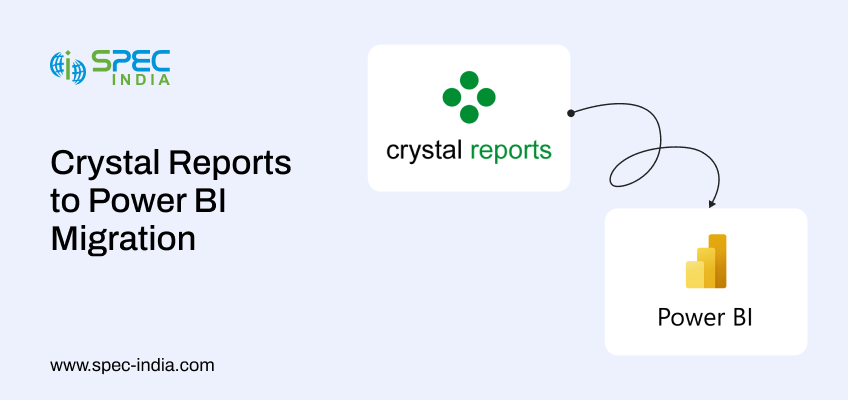
Crystal Reports to Power BI: A Complete Migration Strategy for Self-Service BI
Do you know that Reporting is one of the business growth pillars? It helps C-suite professionals make strategic decisions for...
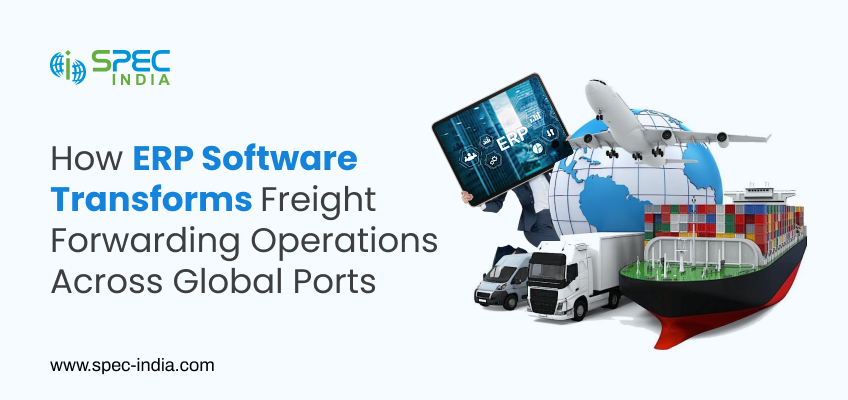
How ERP Software for Freight Forwarding Transform Operations Across Global Ports
Ever had a shipment delayed at the port due to forgetting to update a spreadsheet or an email being missed?...
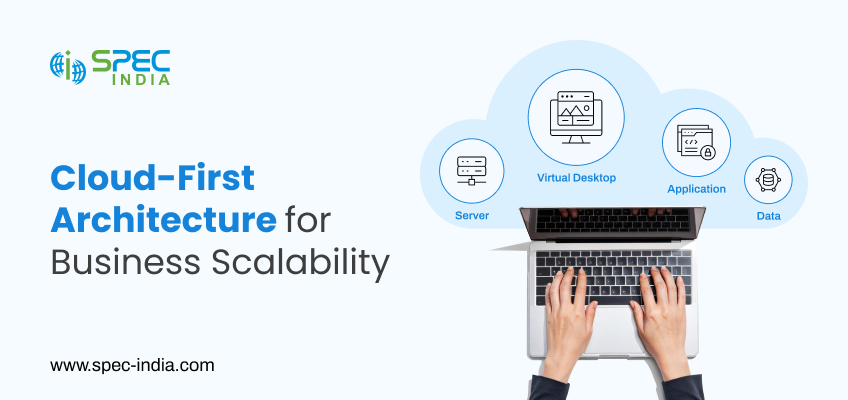
Cloud-First Architecture: What CEOs Should Know About Scalability and Security
Cloud is no longer the talk of the town; in fact, it has become a top priority for any business....
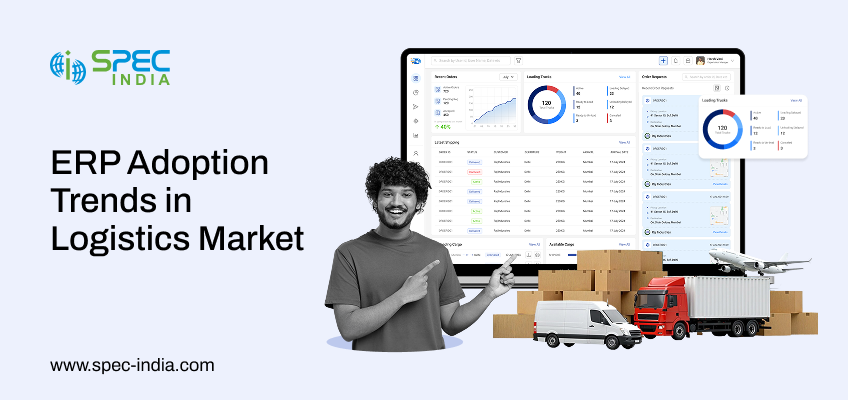
ERP Adoption Trends in the Nordic and European Logistics Markets
Do you know what unifies the evolving European logistics ERP market? Smarter trucks and greener warehouses are one tangible answer,...

